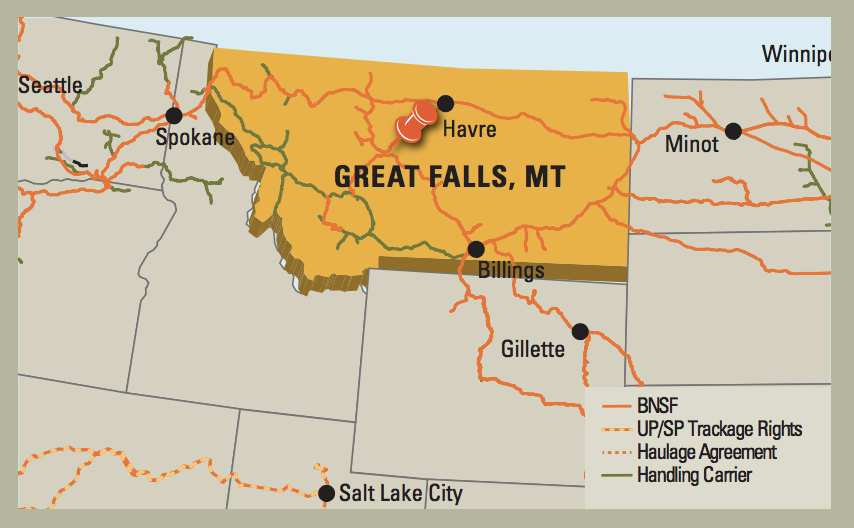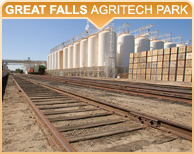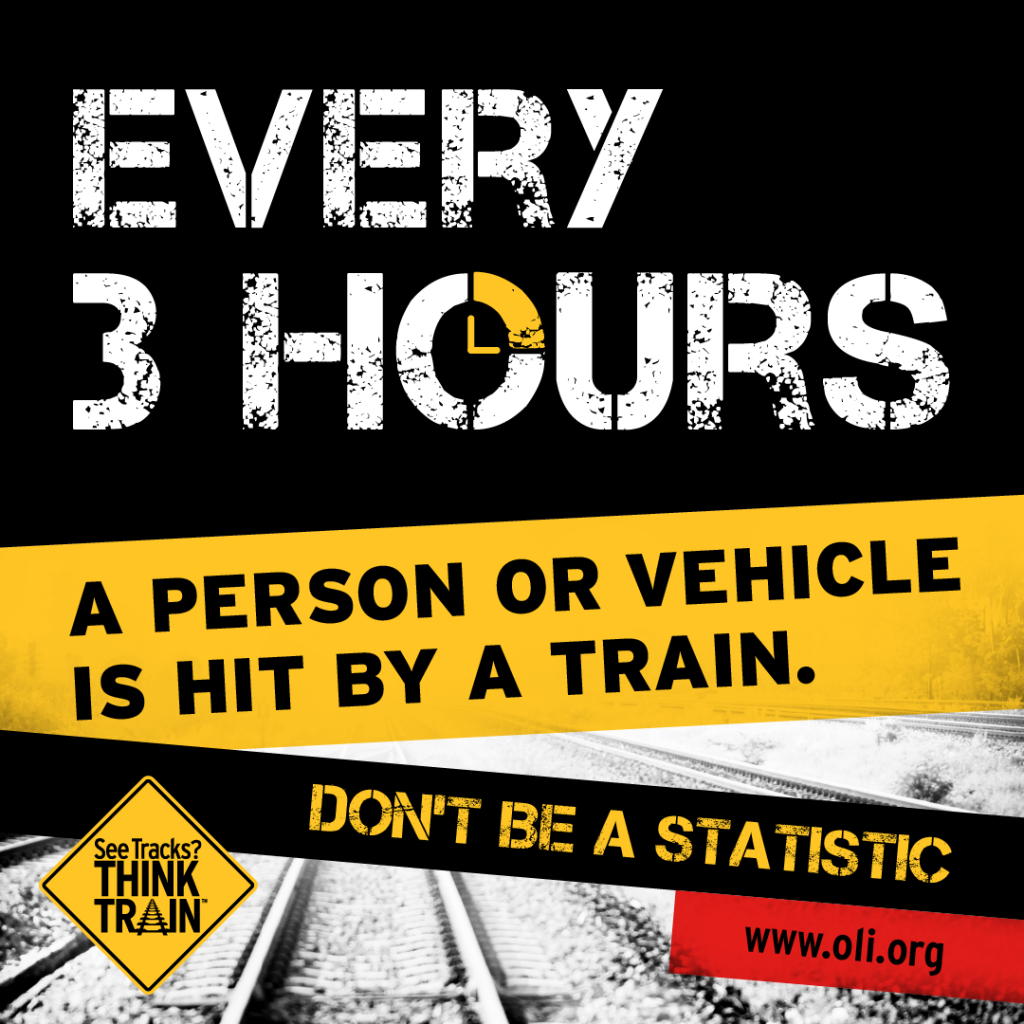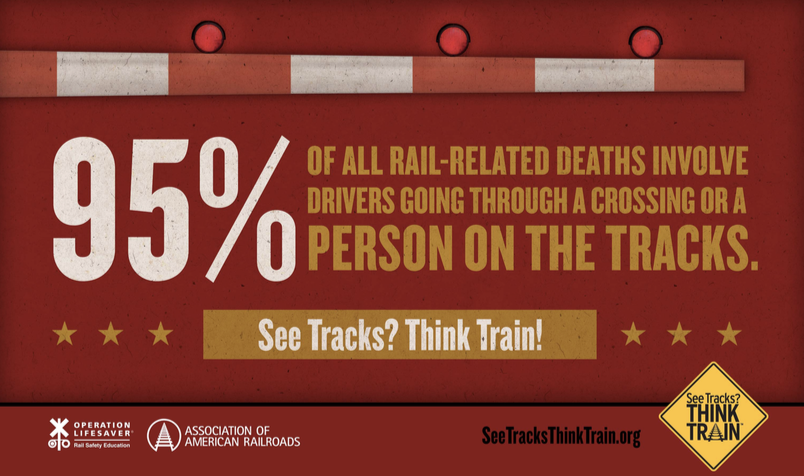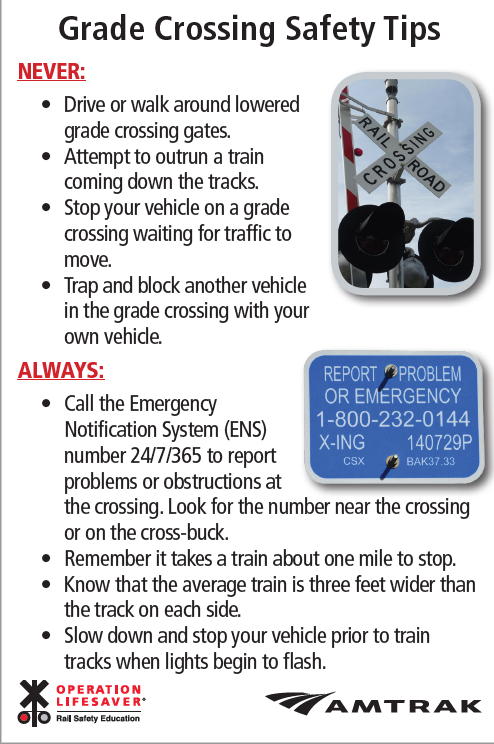Washington, D.C. — With the November elections solidly in the rear-view mirror, much about the 116th Congress is now known. For railroads, though, there are still significant unknowns about the infrastructure policy landscape they will face. Here’s a look at the current state of play and how the election may impact freight railroads.
Turnout and Turnover
A historic number of Americans voted in 2018. In fact, voter turnout in 2018 reached the highest level of any midterm election in a century. And in this case, massive turnout also means massive turnover. Democrats took control of the U.S. House of Representatives and Republicans expanded their majority in the Senate. There are 10 newly elected senators and 100 newly elected representatives. This huge new class of leaders comes with many firsts (the freshman class of 2019 is the most racially diverse and most female group of representatives ever elected to the House) and with many challenges (very few of these new leaders are familiar with railroads or with the details of transportation policy).
Who’s who?
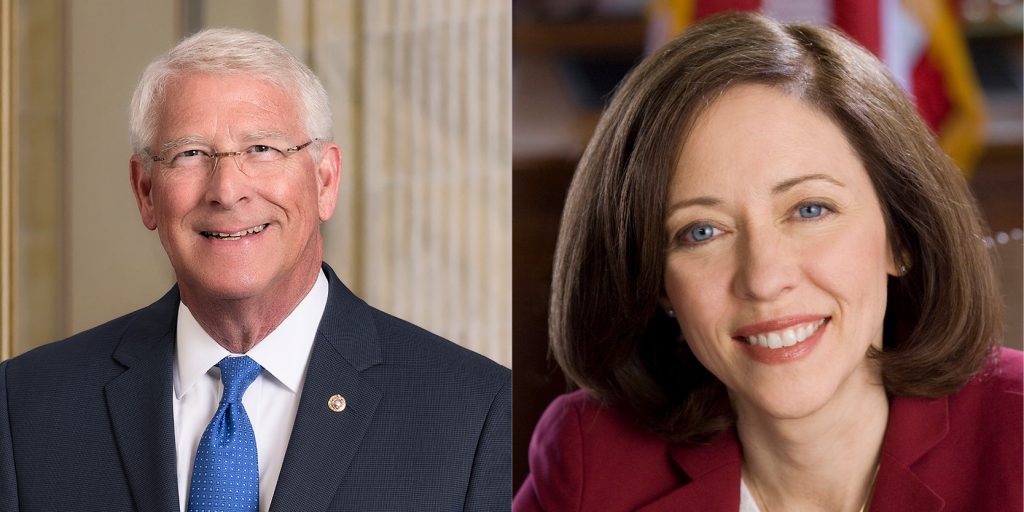
On the Senate side of Capitol Hill, Sen. Roger Wicker (R-MS) will assume the chairmanship of the Commerce, Science and Transportation Committee and Sen. Maria Cantwell (D-WA) will be the top Democrat on the panel. It has been announced that Senators-elect Kyrsten Sinema (D-AZ) and Jacky Rosen (D-NV) will join the panel.
On the House side, committee assignments have not yet been made, though it is clear that there will be several new members of the Transportation and Infrastructure Committee. We also know that Rep. Peter DeFazio (D-OR) will chair the committee and that Rep. Sam Graves (R-MO) will serve as ranking Republican. The chairmanship of the rail subcommittee has not yet been completely confirmed.
Rep. Earl Blumenauer (D-OR) has received some support for adding an infrastructure subcommittee to the Ways and Means Committee and Rep. DeFazio has said that he “strongly supports” the idea.
What will the current Congress do?
While most of the news coverage around the current Congress appropriately focuses on whether there will be a partial government shutdown (including the Department of Transportation, whose appropriations run out in a matter of days), a few items affecting railroads may still come up in 2018.
The Senate Commerce Committee has cleared three nominations for the Surface Transportation Board (STB), the agency responsible for railroad economic regulation, but the full Senate has not yet confirmed these nominees. Further, the term of one of the two current STB members, Deb Miller, expires at the end of the year with little indication that she will be re-nominated by the White House. If no action is taken, the STB will be left with a single member and the nomination process will start anew in 2019.
The “45G” short line tax credit expired at the end of 2017 and has not yet been renewed. The chairman of the House Ways and Means Committee, Rep. Kevin Brady (R-TX) supports making a modified version of the tax credit permanent, but it remains unclear whether an extension of the current credit or a permanent version of the credit will be considered by the end of the year.
Senators continue to try and negotiate a final version of their bill to set a federal framework for regulation of “highly automated vehicles” (HAVs). The House has already passed its version of an autonomous vehicle bill. Automation generally is a factor in many issues facing the country currently and how Congress approaches the testing and deployment of autonomous vehicles on highways may impact railroads over the long term, as well.
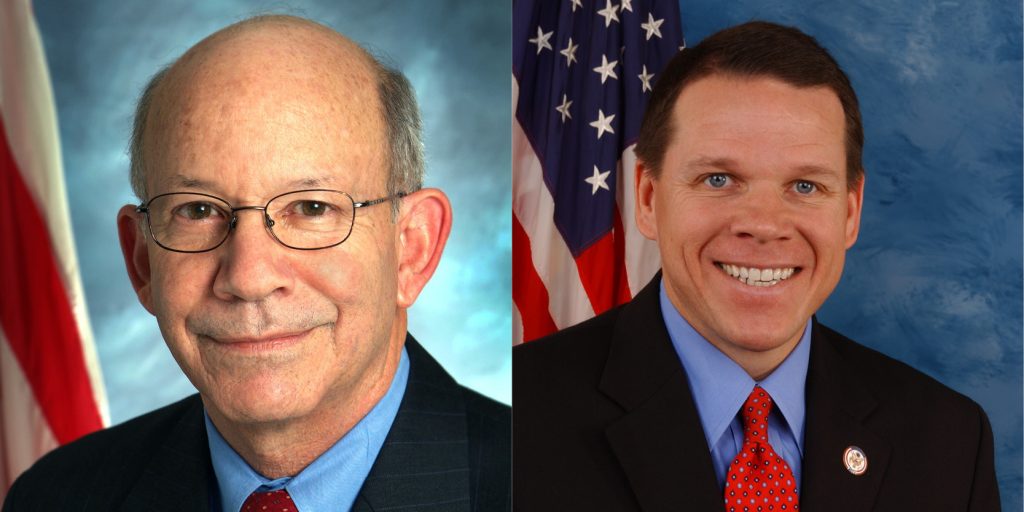
Where will they find the money?
After the election, infrastructure emerged as one of the issues that could unite the House, Senate and White House in 2019. There seems to be broad acknowledgement that the U.S. needs to significantly invest in maintaining and upgrading our infrastructure. There is far from consensus, however, on how much investment is needed and how to pay for such an investment.
The federal fuel tax — the primary source of revenue for the Highway Trust Fund — has long been inadequate for covering current transportation spending, let alone additional investment. But politicians on both sides of the aisle and in both chambers have shied away from increasing the fuel tax. In a change, both incoming Chairman DeFazio and Ranking Member Graves have expressed support for some form of vehicle mile tax (VMT), which could more accurately charge vehicles for their share of transportation spending. However, they disagree on the details of how to implement such a change.
The debate over infrastructure funding could have dramatic effects on railroads, namely how level the playing field is for competing transportation modes. A VMT, for instance, could support more equity among modes by ensuring heavy trucks pay their fair share for upkeep of taxpayer-funded roads and bridges.
With all of these open items going into the new year, 2019 should be very interesting in the transportation world. We look forward to working with each of you to navigate it successfully. Stay tuned!
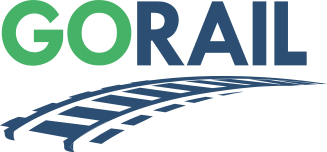

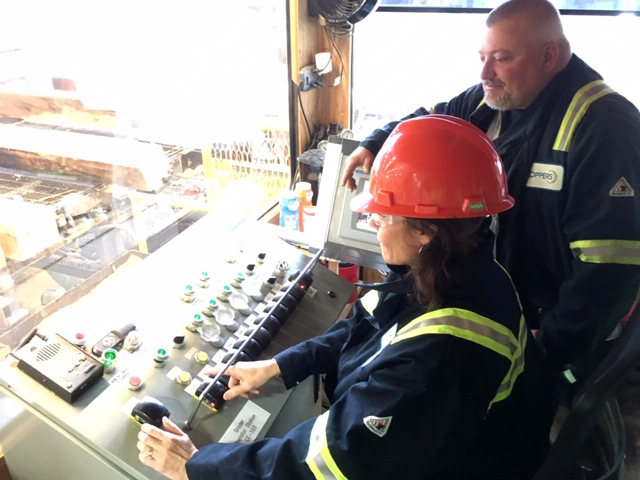
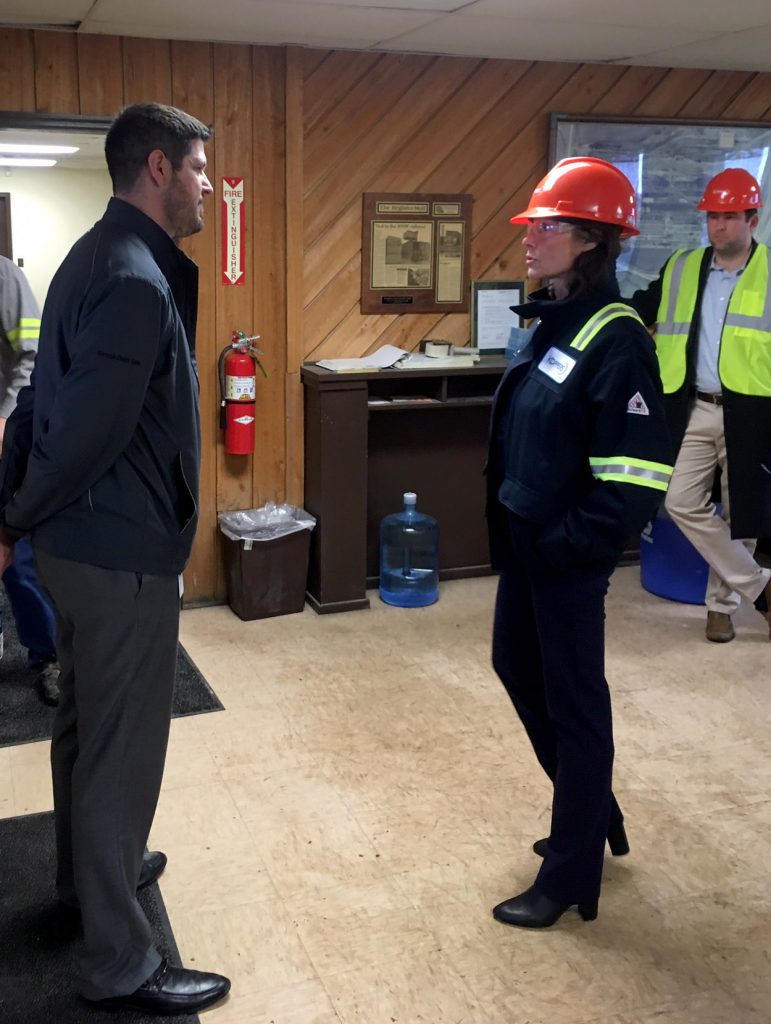
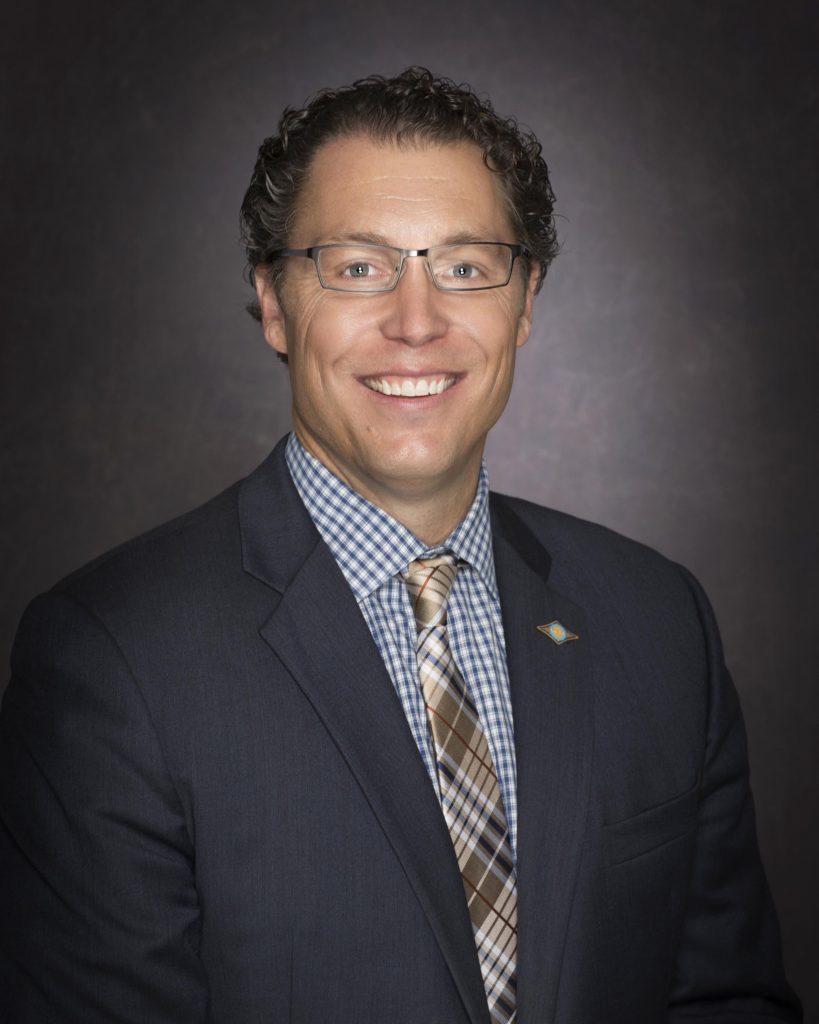
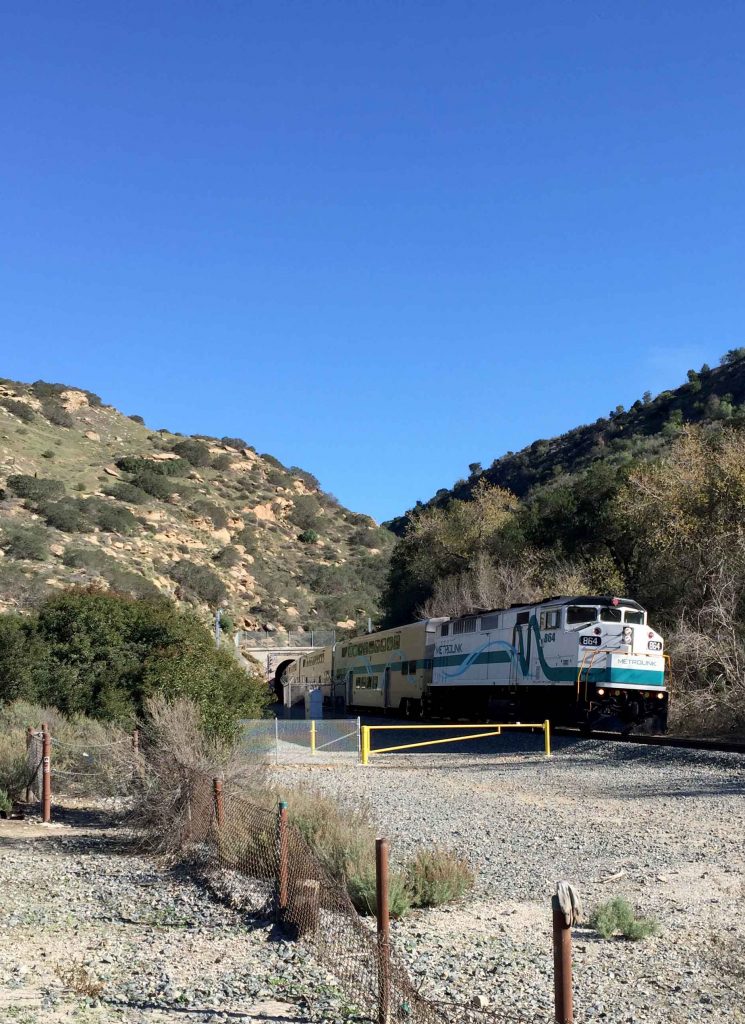

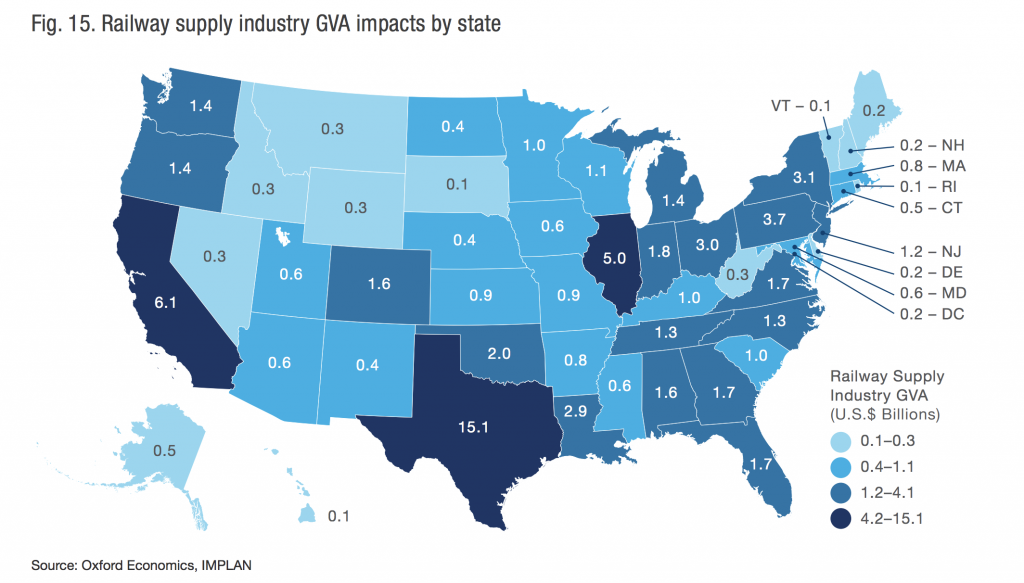
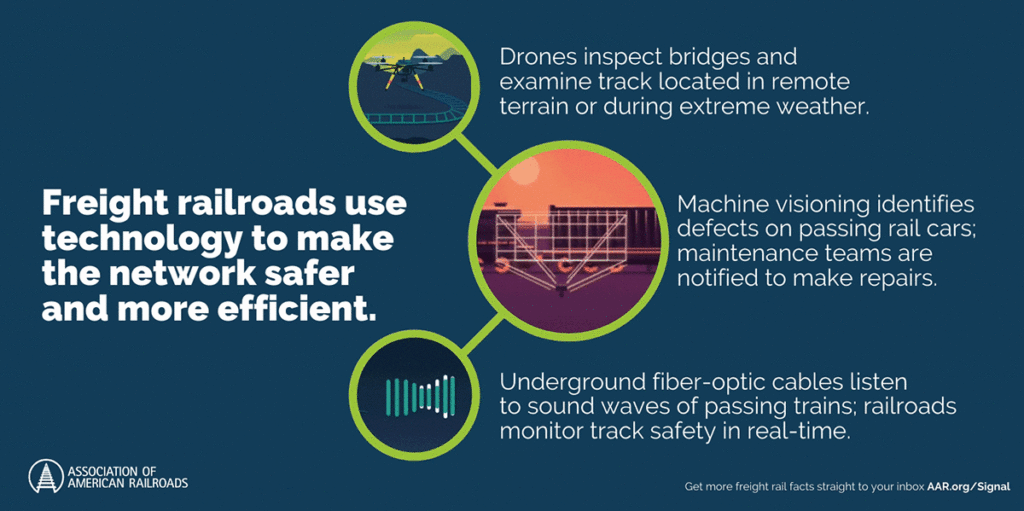
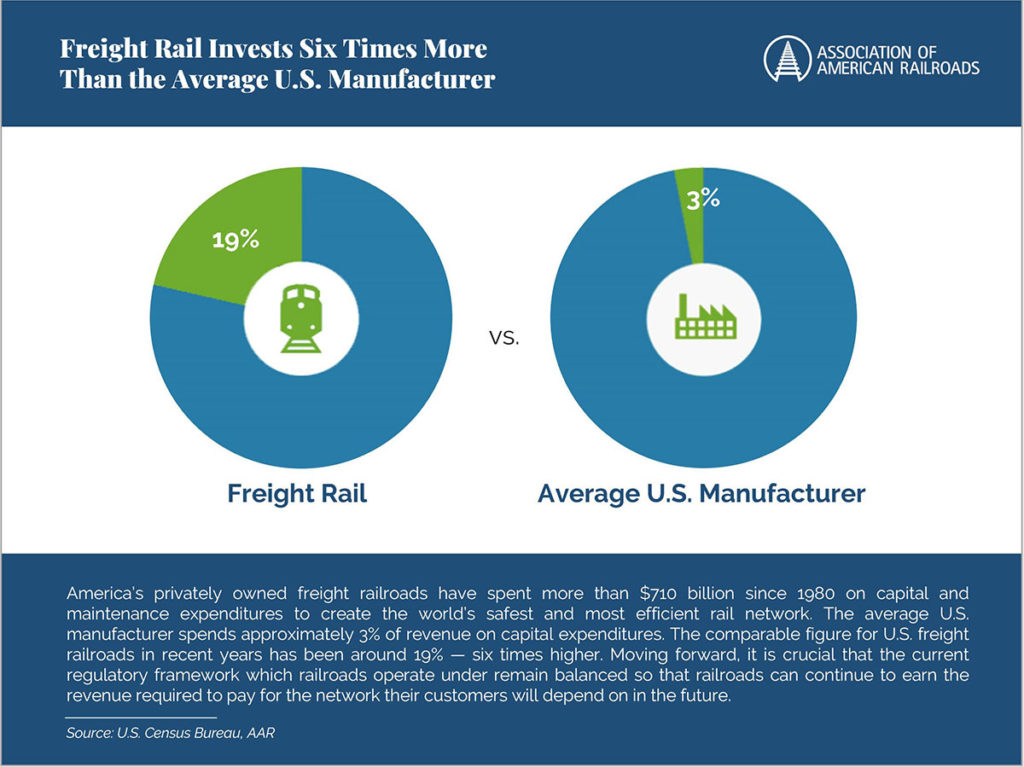

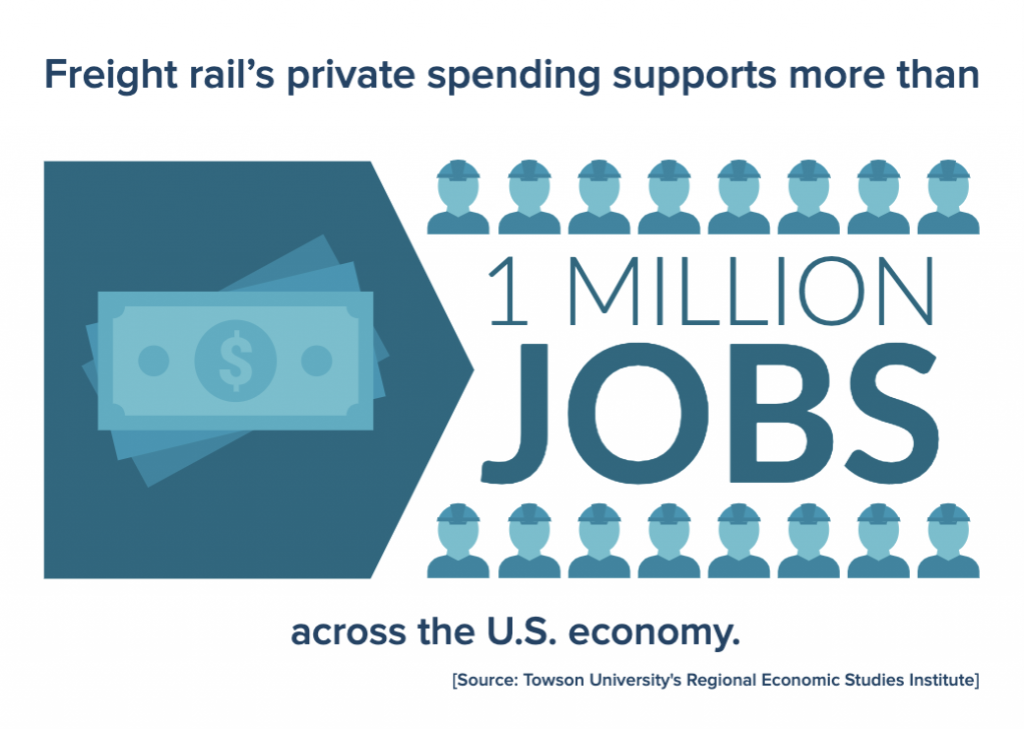
 “Between the swirling numbers and seemingly constant escalations, it’s easy to lose sight of what this all means. Make no mistake: tariffs are a tax on U.S. businesses and consumers.
“Between the swirling numbers and seemingly constant escalations, it’s easy to lose sight of what this all means. Make no mistake: tariffs are a tax on U.S. businesses and consumers. “AskRail is an application that first responders can download directly onto their mobile devices or access via desktop to provide access to the shipping manifests for freight trains passing through Illinois. This is particularly important in the case of trains carrying hazardous materials.
“AskRail is an application that first responders can download directly onto their mobile devices or access via desktop to provide access to the shipping manifests for freight trains passing through Illinois. This is particularly important in the case of trains carrying hazardous materials.
